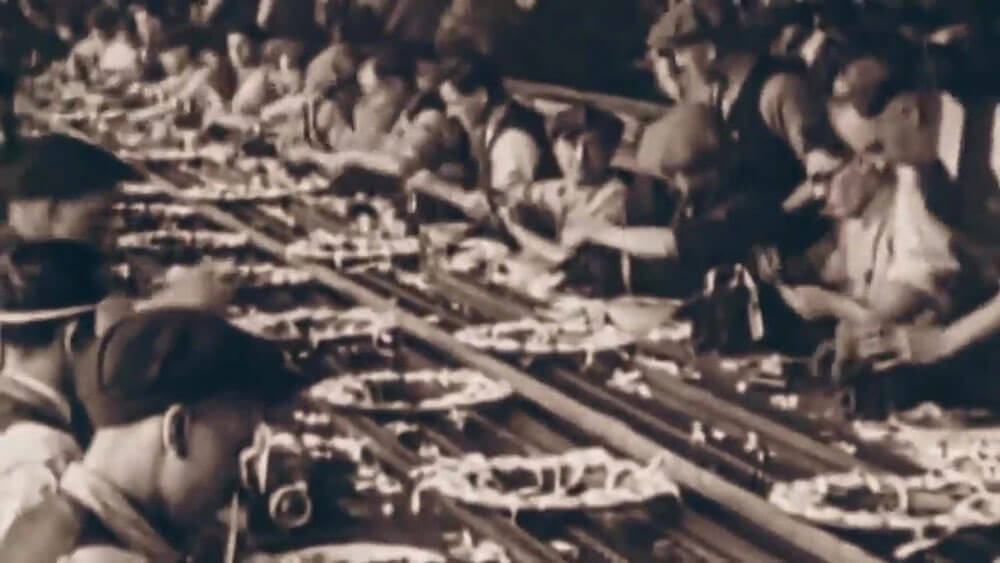 The first mass-produced electrical system in human history
The first mass-produced electrical system in human history
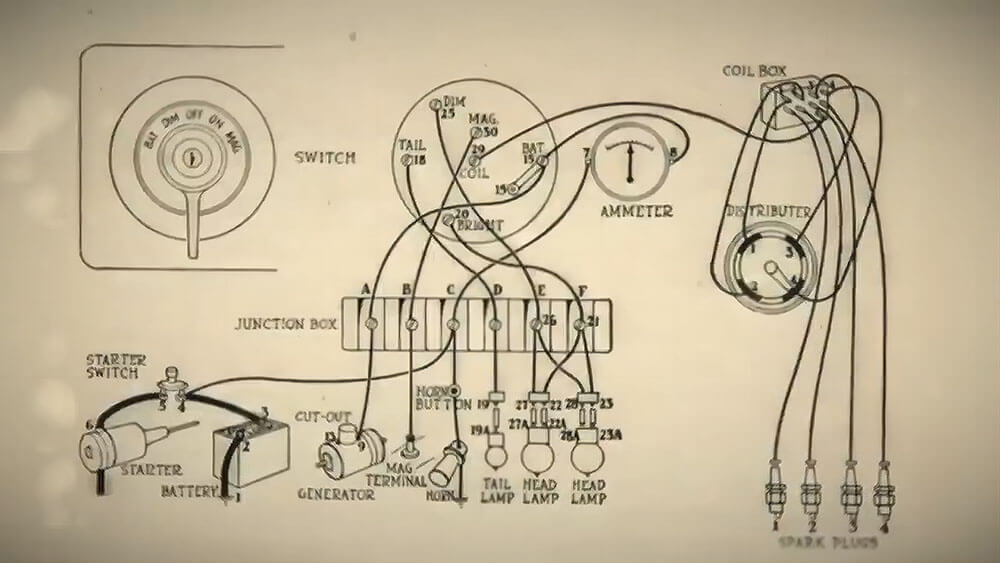
The diagram below represents the first mass-produced electrical system in human history,It was integrated into Ford’s most versatile model, the Model T. The device is built on basic circuitry and integrates a magnetically powered ignition system, lighting, speakers, and a generator and battery combination.
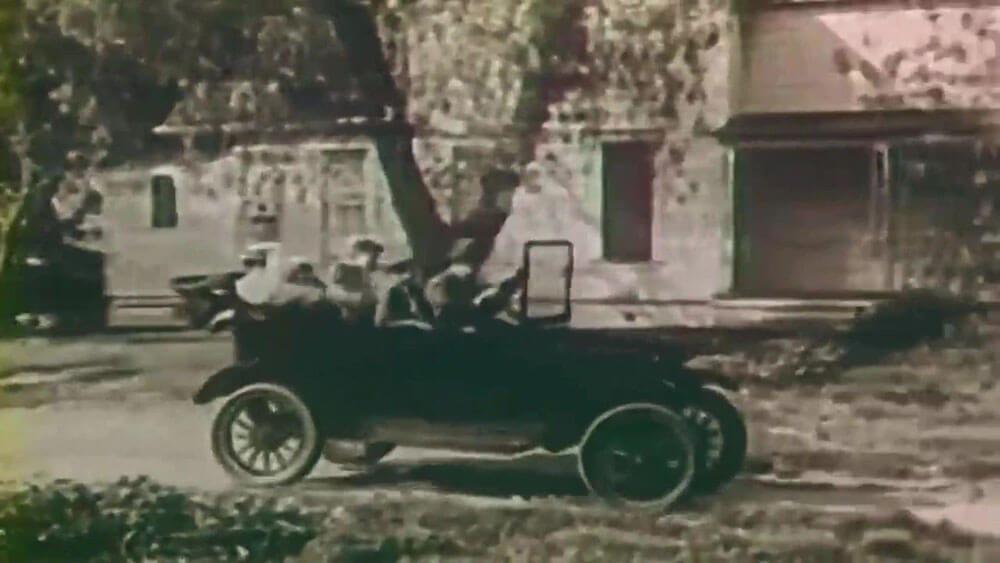 Ford Model T
Ford Model T
The electrical system of the Ford Model T is based on basic circuits and integrates a magnetoelectric ignition system, lighting devices, signal horns, as well as a composite configuration of generators and batteries.
As automotive electrical system technology continues to evolve, the system gradually incorporates common components found in modern vehicle electrical systems. The trajectory of automotive electrical systems has always been toward greater complexity and precision.
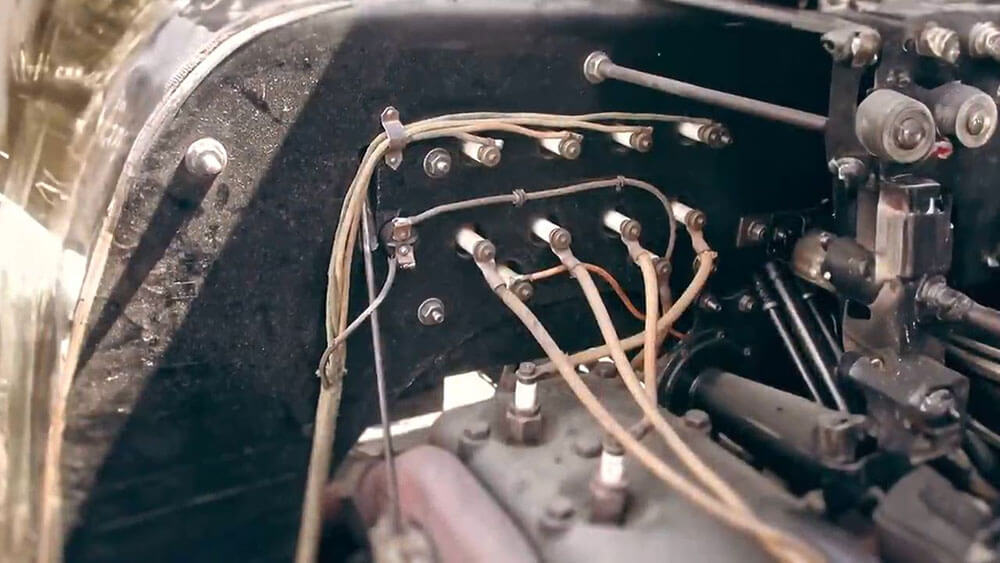 Ford Model T wiring harness
Ford Model T wiring harness
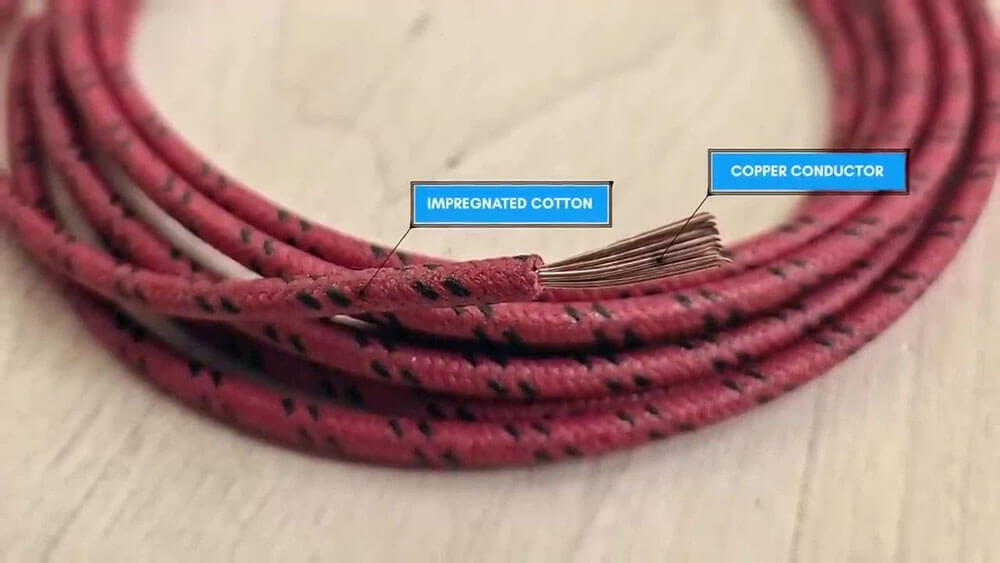 Wires insulated with cloth
Wires insulated with cloth
In early automobiles, such as the Ford Model T, cloth-insulated wires were used. These wires consisted of copper conductors covered with cotton or similar fibrous materials and treated with varnish or rubber to enhance their resistance to moisture. and wear resistance.
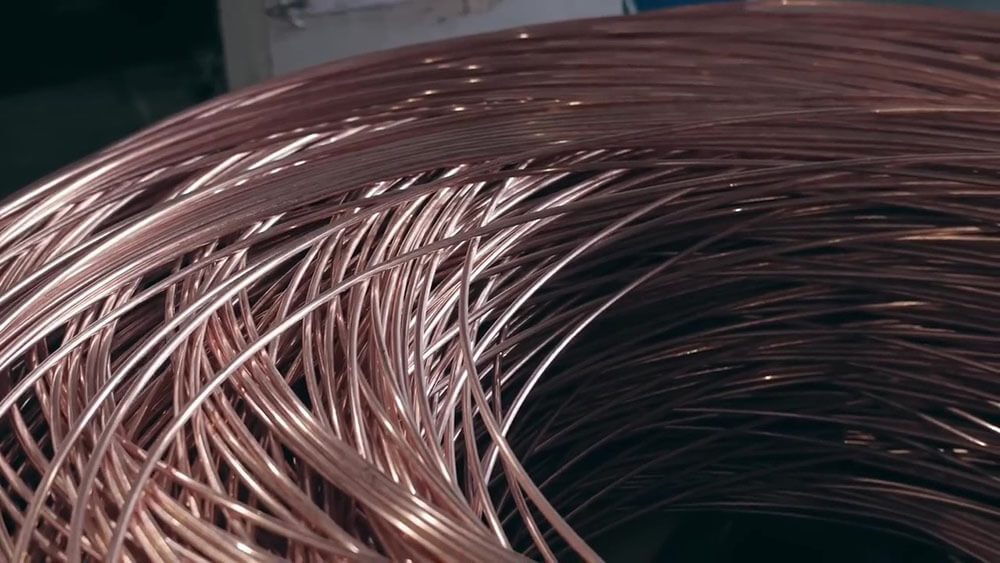 Stranded thin copper wire
Stranded thin copper wire
Although solid copper wires were commonly used in most applications at the time, automotive circuits specifically selected stranded wires, which were composed of multiple strands of thin copper wire. This design was born in the late 19th century to overcome the flexibility and durability of solid wires. limitations, especially for applications in vibration environments.
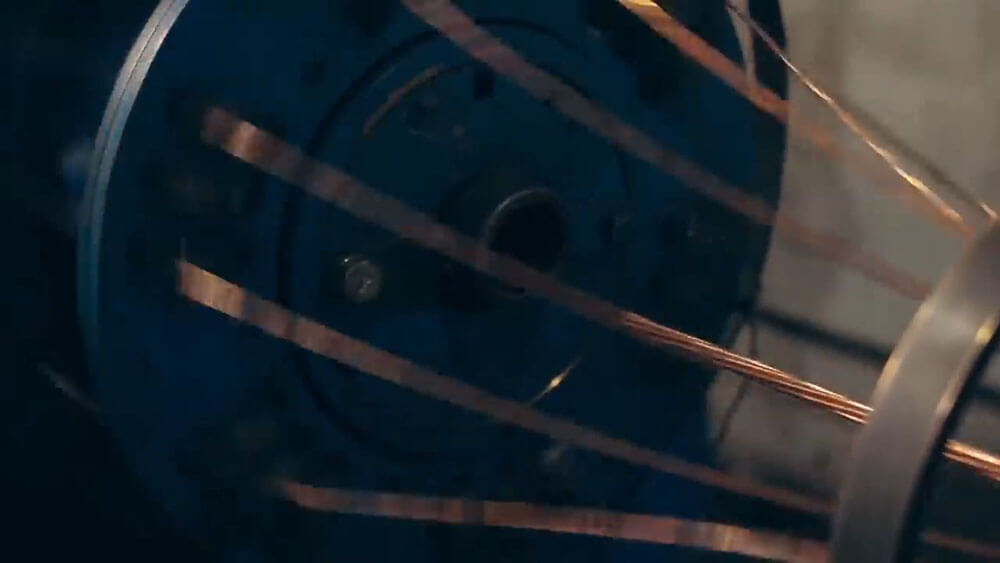 Stranded wire
Stranded wire
In particular, rubber-impregnated cloth-covered wires are ideal for automotive applications because of their excellent flexibility and ease of laying in narrow and complex spaces.
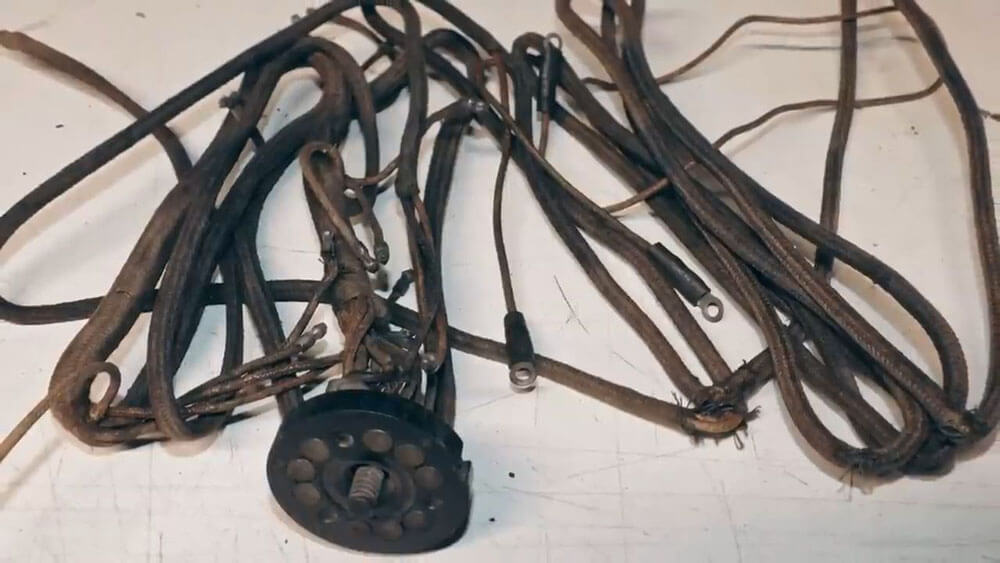 Rubber impregnated cloth covered wire
Rubber impregnated cloth covered wire
These wire assemblies are typically connected to corresponding components via solder ring terminals and fastened with screws, while longer wire segments are secured with metal clamps or even staples. This technology is also used in high voltage ignition lines.
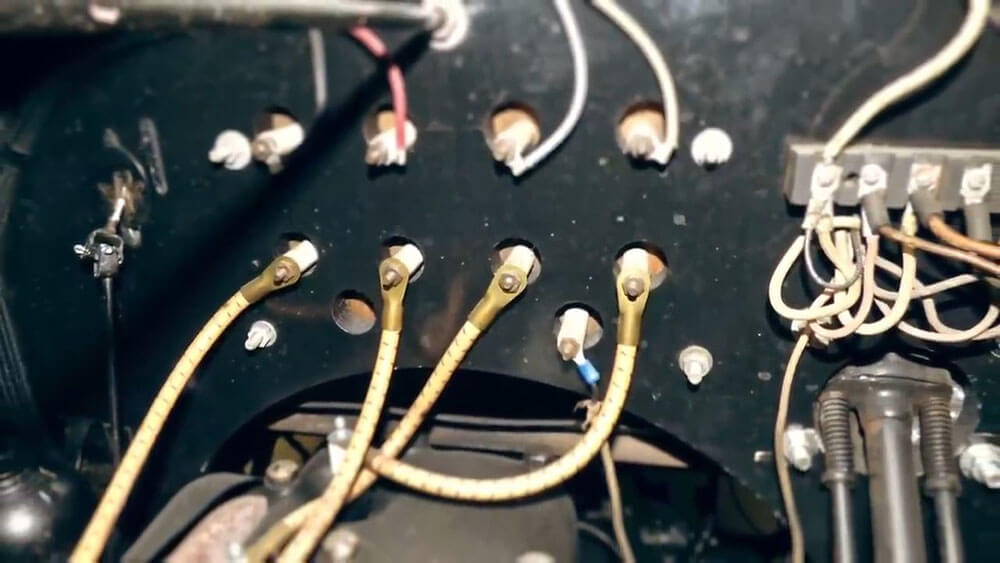 Solder ring terminals are connected to corresponding components and tightened with screws
Solder ring terminals are connected to corresponding components and tightened with screws
In addition, fully rubber-coated conductors have been developed, which surpass cloth-based conductors with their superior durability, flexibility and insulation properties.
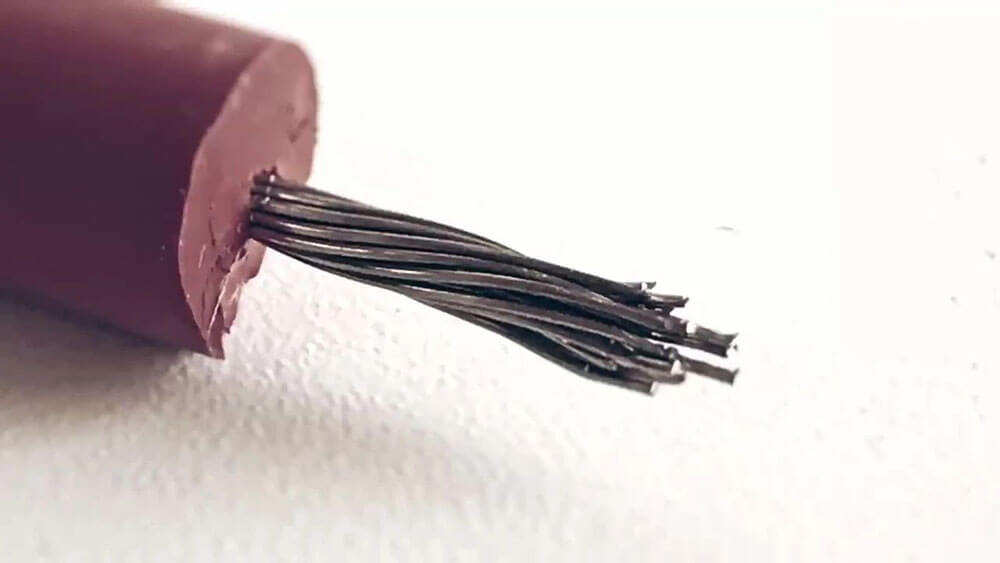 Fully rubber covered conductor
Fully rubber covered conductor
It is worth noting that over time, rubber insulation materials become brittle and crack due to aging, especially under the action of high temperature, light and certain chemicals. The reliability of early automobiles was unsatisfactory, and the instability of their electrical systems was one of the main reasons.
Cloth insulation can significantly degrade when exposed to moisture or grease over time, increasing the likelihood of short circuits and electrical failures.
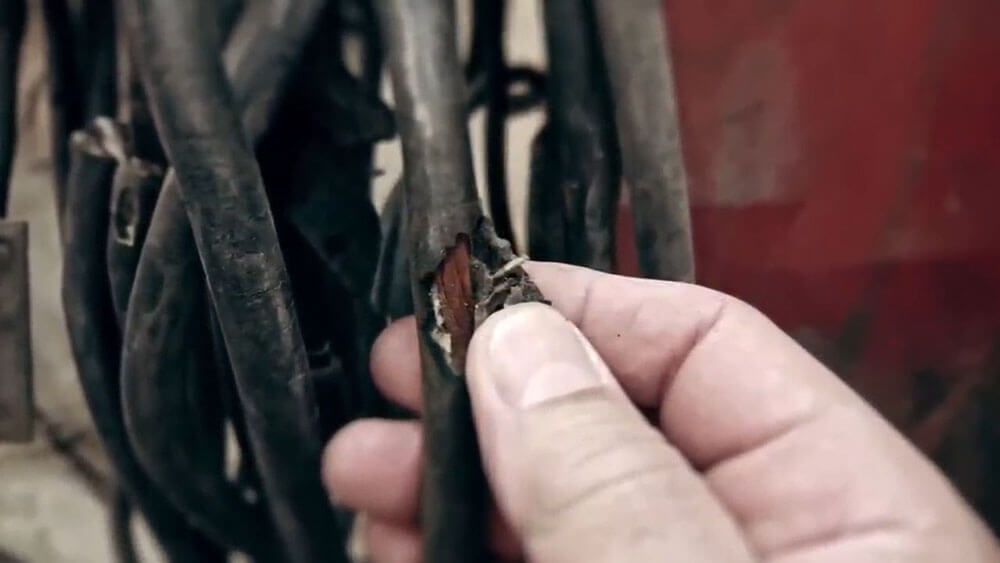
 Deterioration of insulation properties of cloth
Deterioration of insulation properties of cloth
Cloth insulation offers less protection against abrasion and chemicals than modern insulation materials.
At the same time, the terminal connectors used are large and prone to failure due to fatigue caused by vibration and temperature cycling, which can lead to loosening of threaded fasteners and breakage of electrical connections. These connecting nodes are also susceptible to contamination and corrosion, further reducing system reliability.
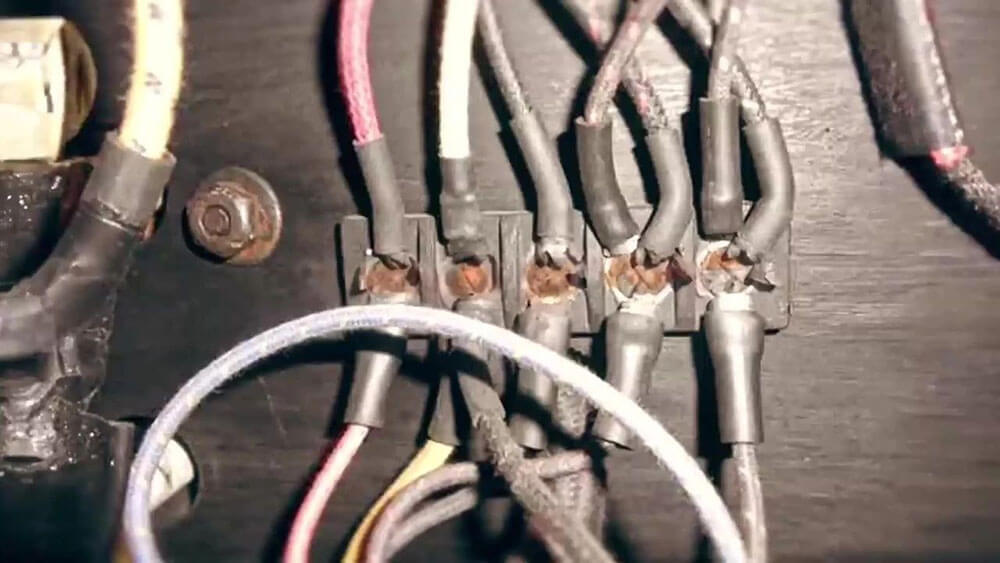 Looseness of threaded fasteners
Looseness of threaded fasteners
These connecting nodes are also susceptible to contamination and corrosion, further reducing system reliability.
So early cars were notoriously unreliable!
In the 1930s, bullet terminals appeared, which consisted of male terminals and female terminals.
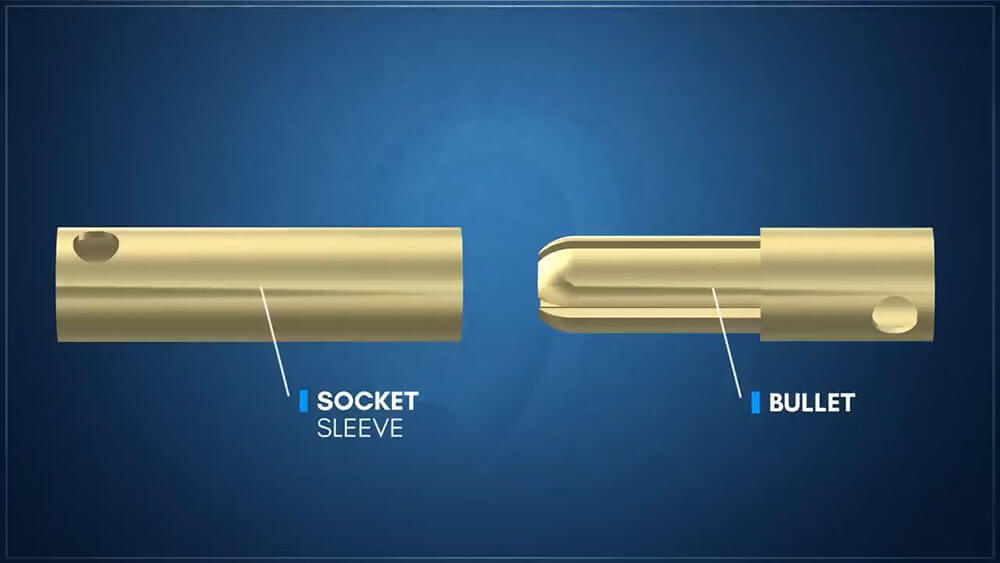 Bullet terminal
Bullet terminal
An insulating sleeve is also often added to the outside of the connector, made of vinyl or rubber
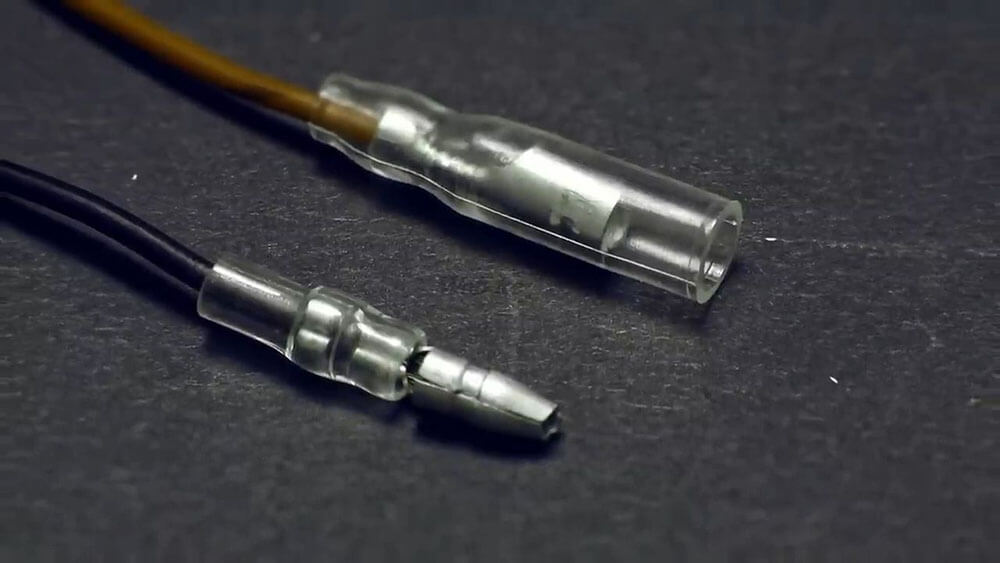 Insulating sleeves are also often added to the outside of the connector
Insulating sleeves are also often added to the outside of the connector
Subsequently, blade terminals were also developed and could be used in tighter spaces and harsher physical environments.
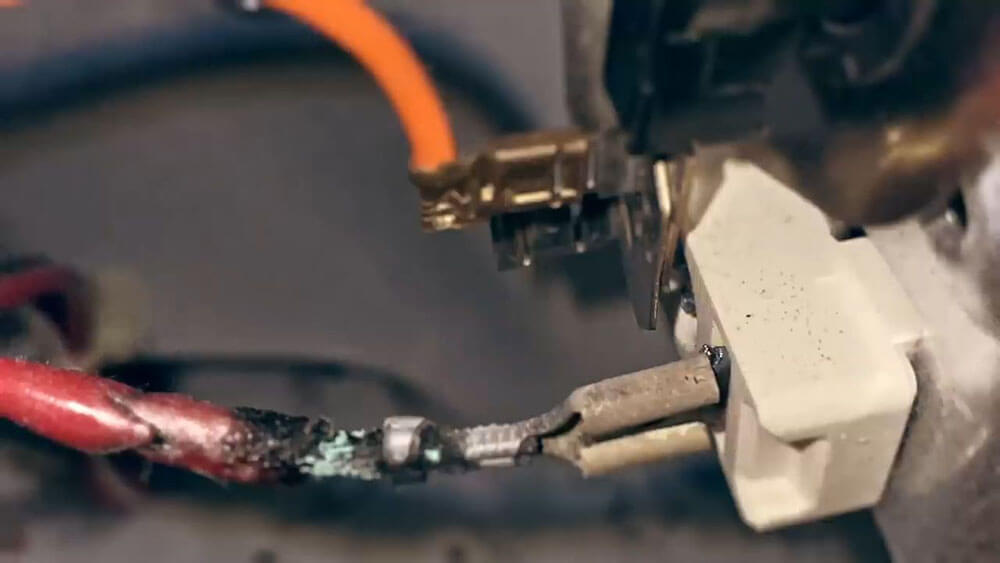 Blade terminal
Blade terminal
Blade terminals consist of flat spade-shaped male terminals + female terminals, which are especially suitable for high vibration environments.
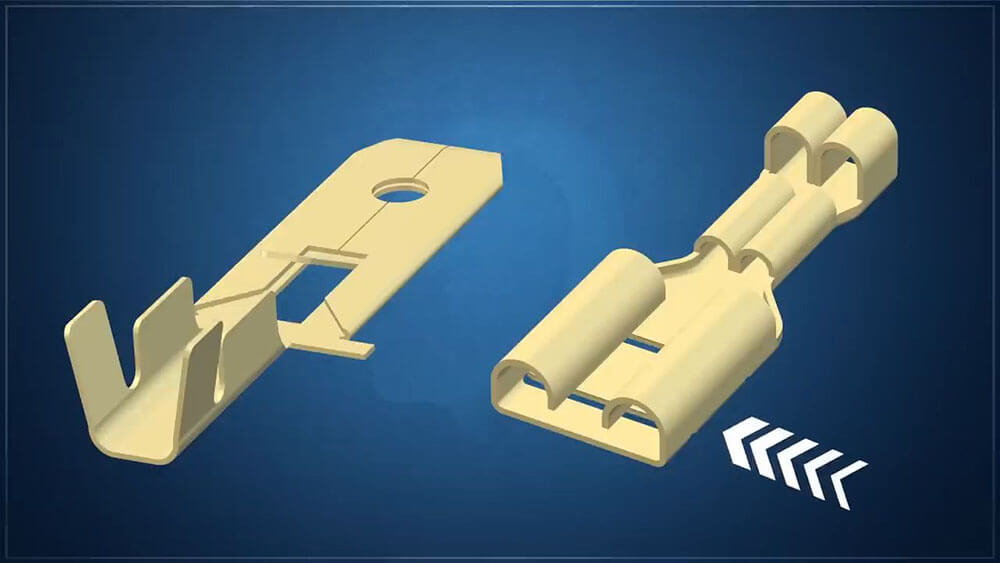
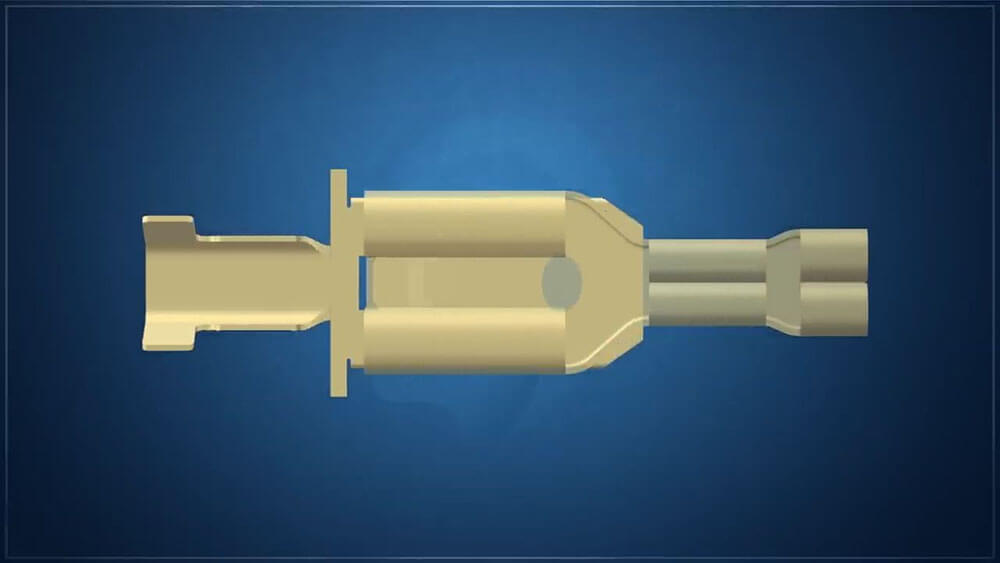
Then, the emergence of flag-shaped terminals enabled the wiring harness to reach a tighter space.
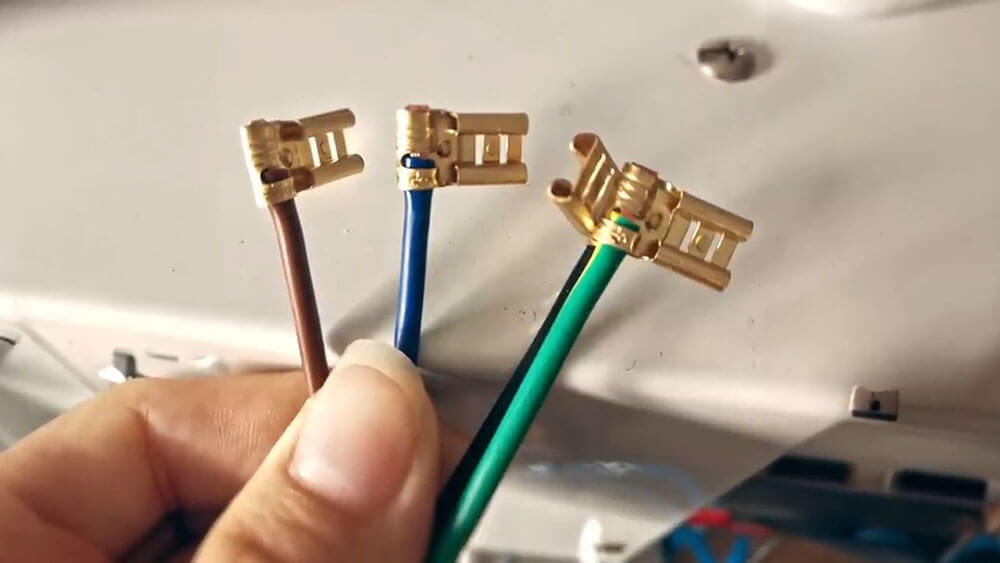 flag terminal
flag terminal
Crimping technology also appeared in the 1930s, where the terminals + wires were mechanically compressed by hand crimping tools.
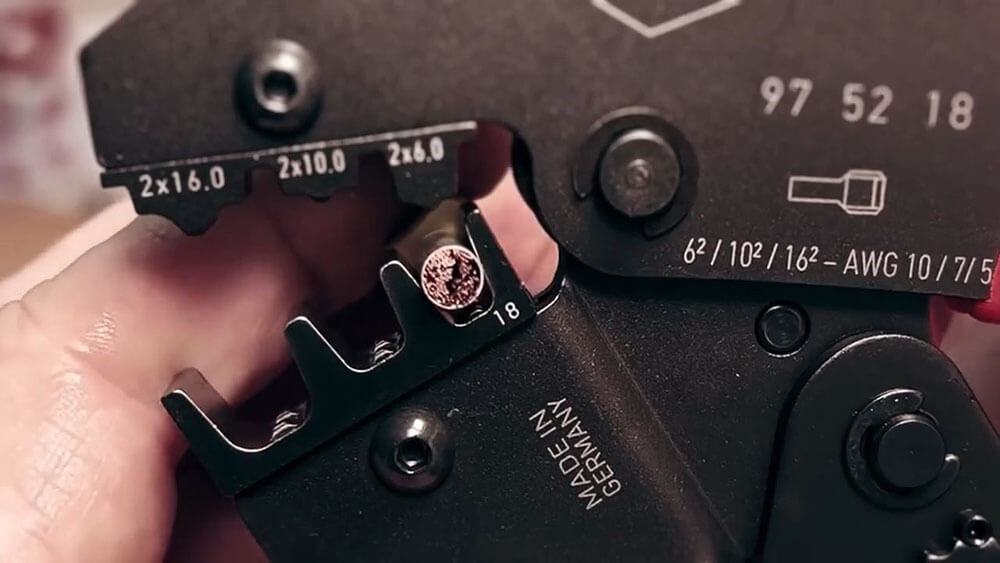
Crimping does not involve the application of heat and, when performed correctly, ensures excellent mechanical strength and high resistance to vibration and tensile properties. In addition, crimping ensures the consistency and uniformity of the connection, effectively reducing the risk of failure caused by welded joints or other welding defects. Compared to soldering, crimping maintains the flexibility of the wire near the connection point.
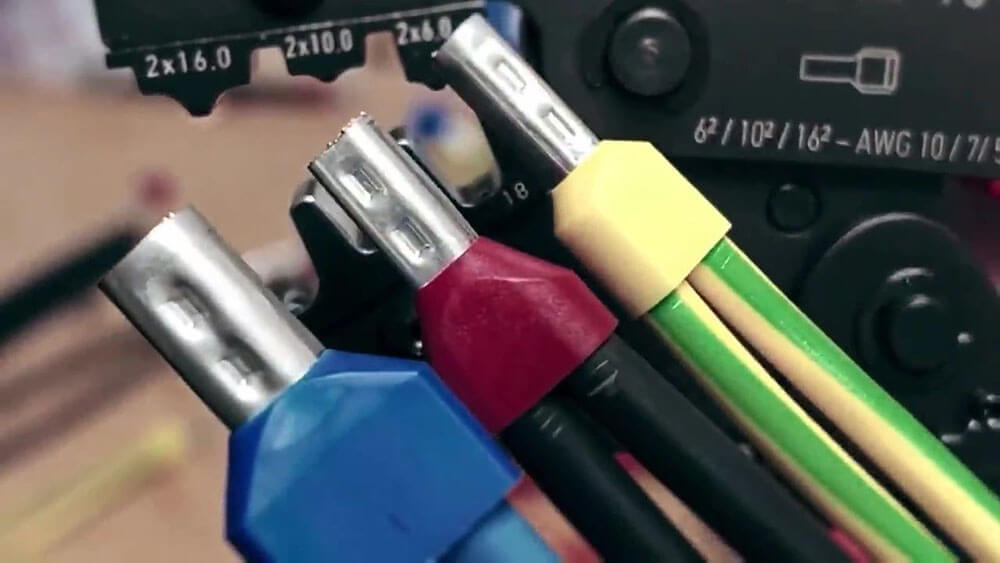
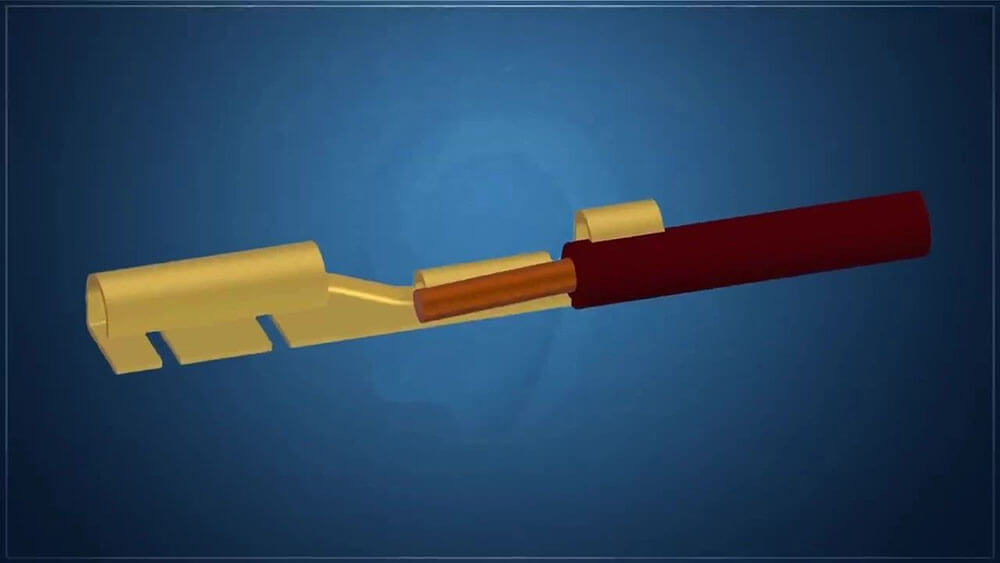 Crimp Fitting Demonstration
Crimp Fitting Demonstration
By fixing the insulation layer of the wire in the crimp connection, it also effectively avoids the influence of the stress and strain on the conductor, greatly reducing the risk of wear, breakage or falling off of the wire at the connection.
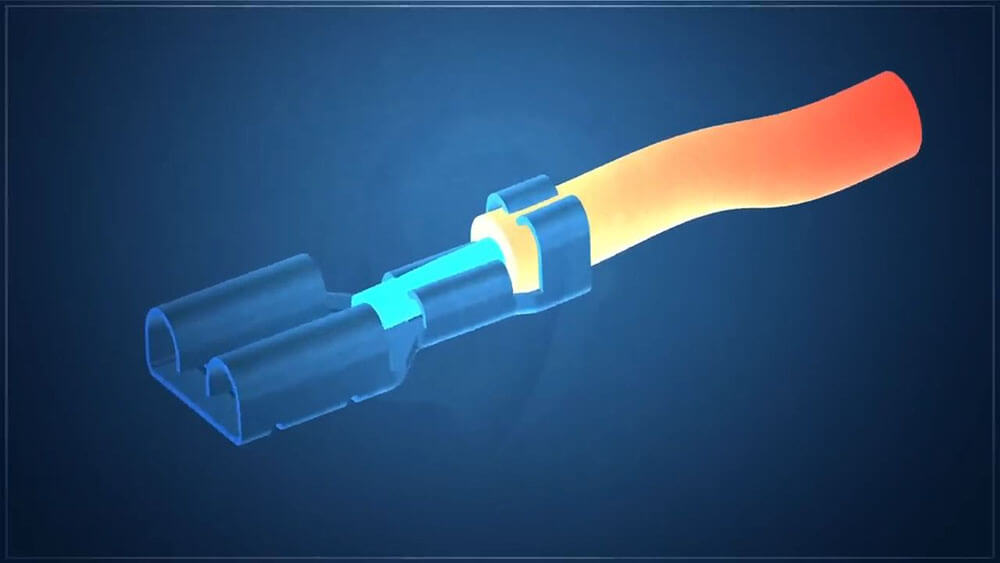 Stress relief of wire insulation by crimping
Stress relief of wire insulation by crimping
In addition, if a sleeve is used at the terminal connection, it can also provide additional stress relief.
Not only makes vehicle wiring more practical and cheaper to manufacture, but it also greatly improves reliability
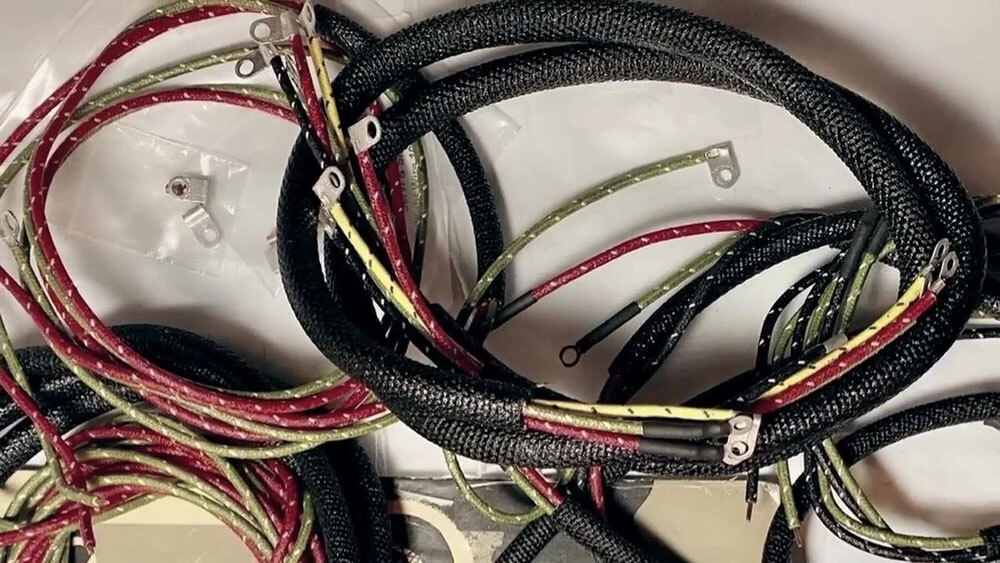 The insulation that holds the wire in a crimp connection
The insulation that holds the wire in a crimp connection
